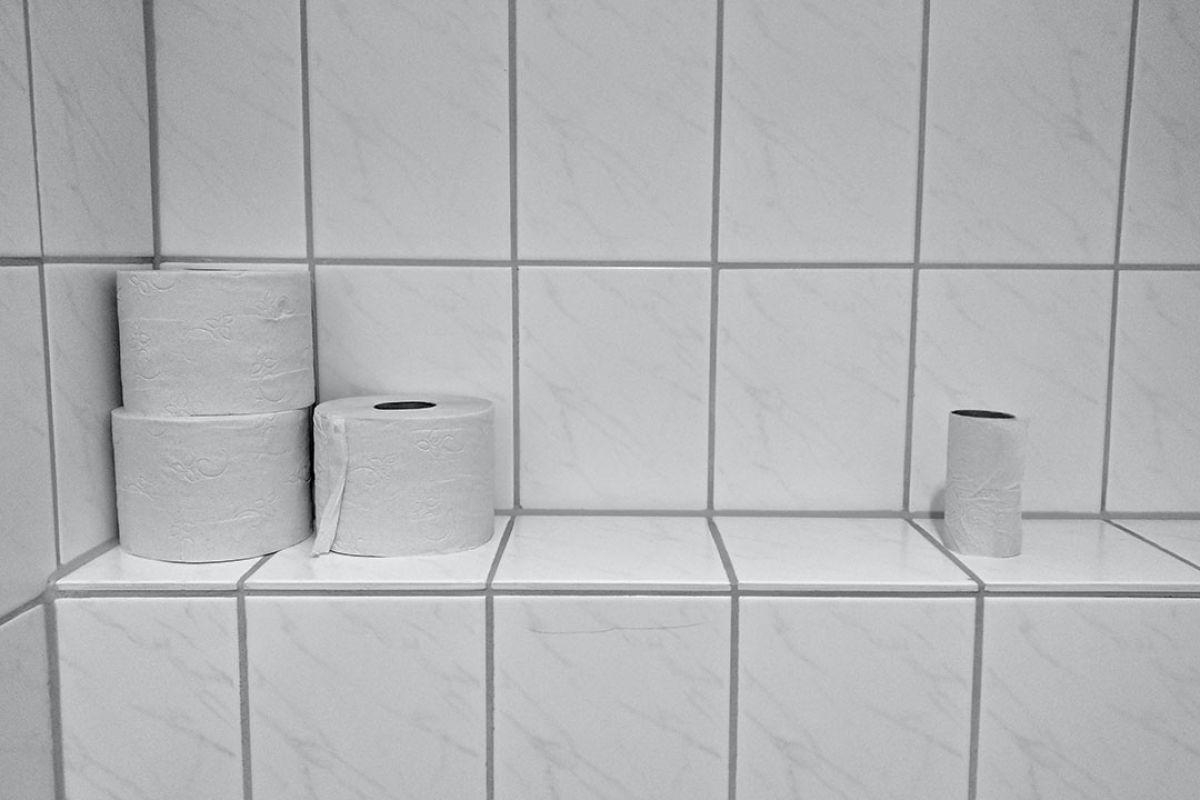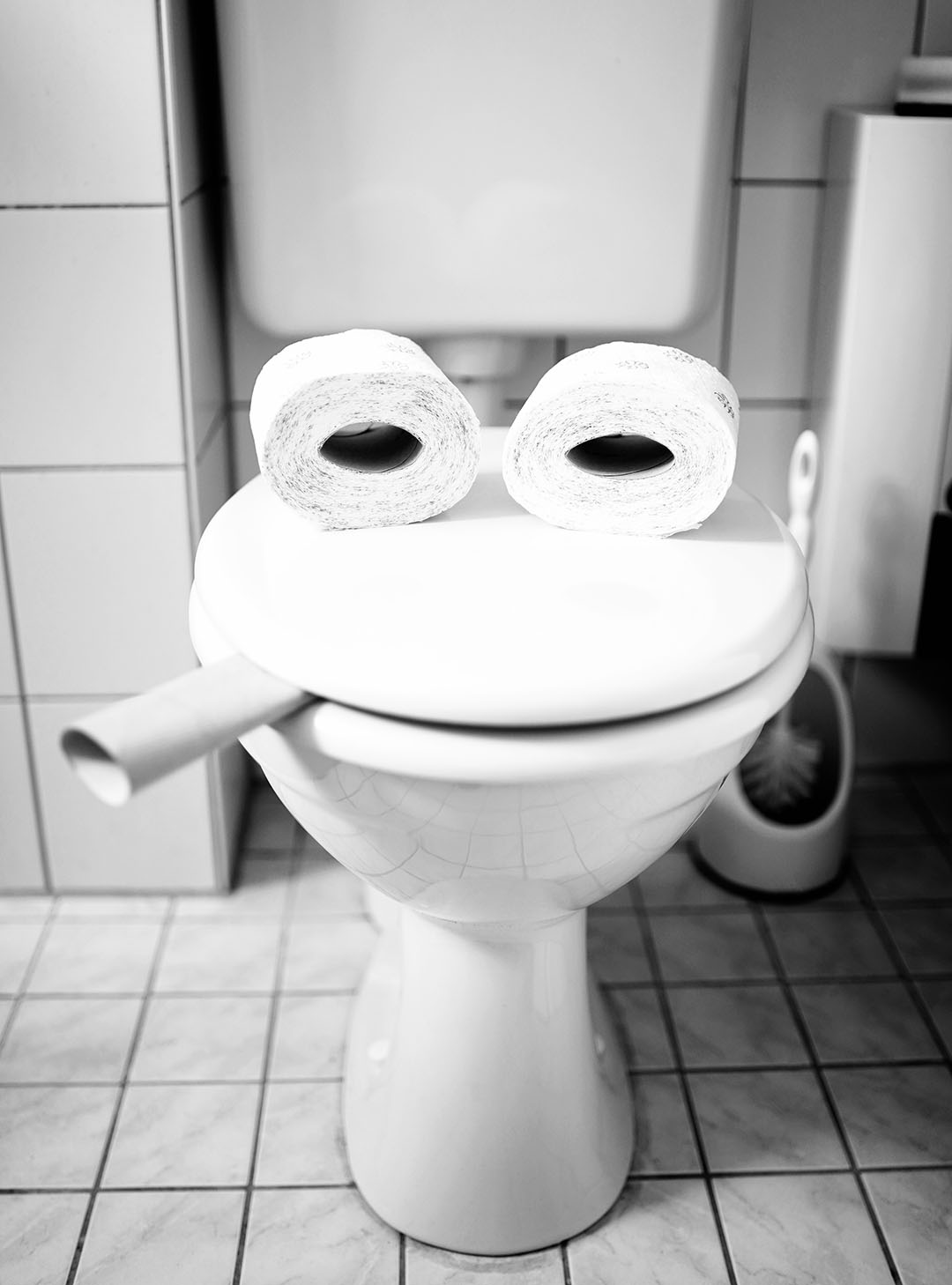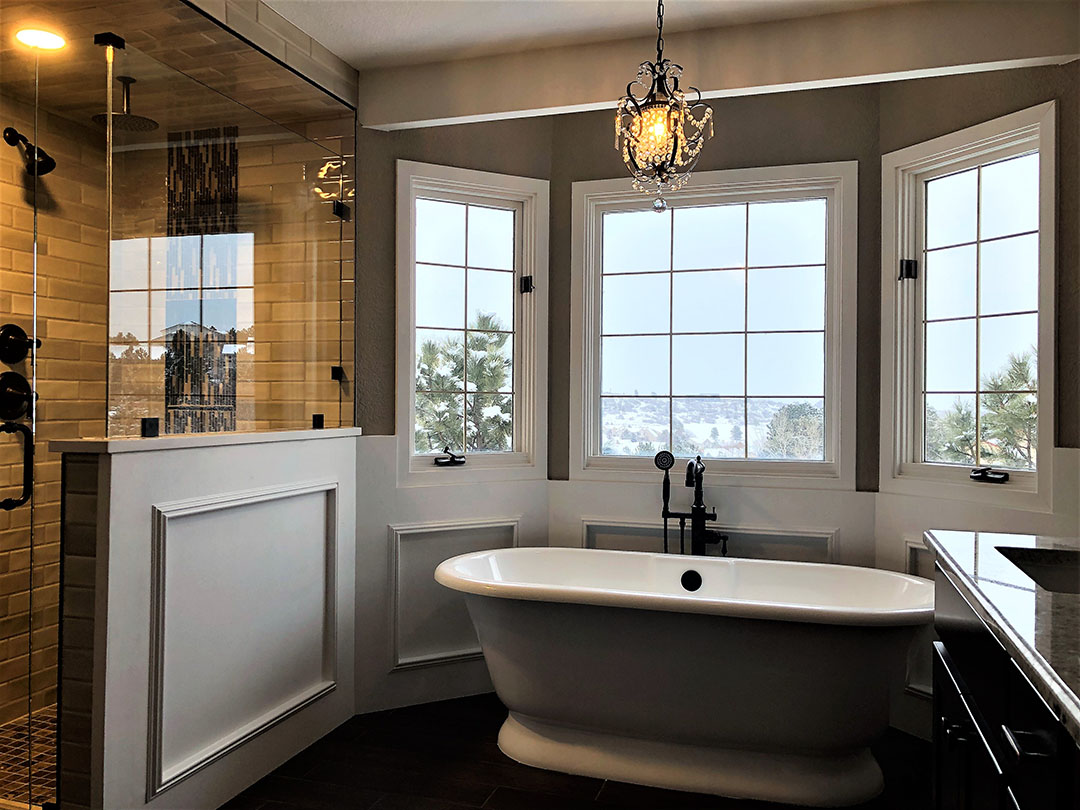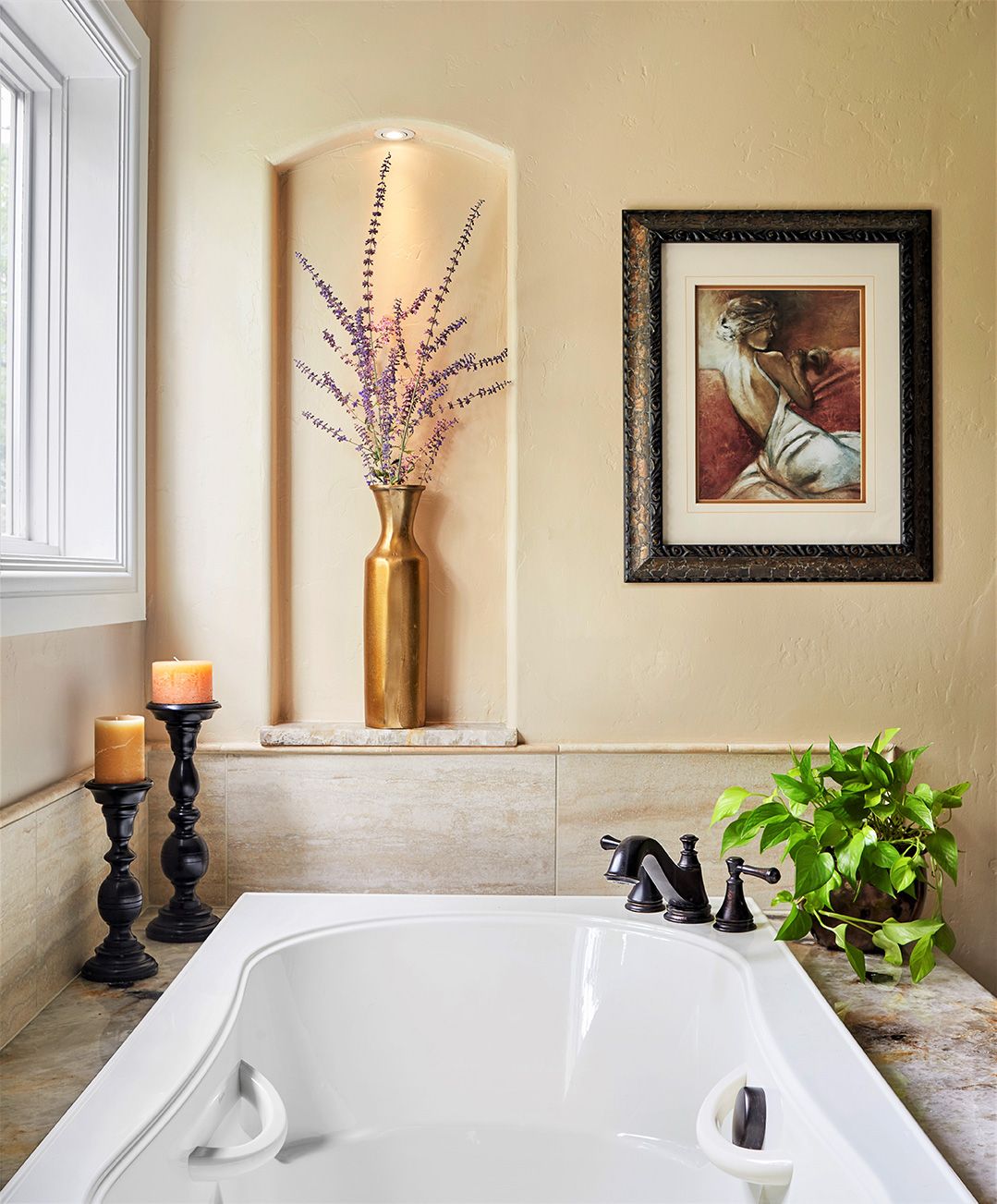
Considering a Bidet for Your Bathroom Remodel in Colorado Springs: A Comprehensive Guide

The pros and cons of adding a bidet to your new bathroom remodel.
Bidets took a major spike in popularity during the toilet paper shortage of 2020. With rolls gone from the shelf, people quickly understood how fragile supply chains are for seemingly benign items. Unable to procure the daily necessities, plumbing disasters rose as people tried to use alternatives to toilet paper. There had to be a better way, and for most of the rest of the world, there has been for many years: the bidet.
What, Exactly, Is A Bidet?
We’re not going to sugarcoat things. The topic requires discussing your unmentionables and the longtime favorite children’s book, Everyone Poops. To be perfectly frank, the way Americans clean themselves after a Number 2 is a bit archaic and unhygienic. Don’t worry, I’ve been using the classic TP method right along with you since being introduced to the pot as a young child. However, think of it this way… you’re taking the dog for a walk. It does its business in the Johnson’s yard like usual, but you, being the good neighbor, always carry bags with you. With one hand you’re scrolling Instagram, the other is fiddling with the plastic and trying to work its way inside like a glove. You bend down, scoop, and have the horrific realization that there’s nothing between your skin and the turd. Panic consumes you and you rush back to the house. Now, do you simply wipe your hand with a paper towel and call it good? Or do you wash your hands with soap and water?
Let’s extrapolate that your own toilet experience. Which do you think does a better job of getting you clean – pushing things around with dry toilet paper, or some water and a scrub? Enter, the bidet: a bathroom device designed to clean your nether region with warm water.

Bidets, The World Over
For those of you who are world travelers, you’ve most likely encountered bidets. Truthfully, much of the world uses the bidet as their everyday cleaning method – only stocking toilet paper for emergencies and American travelers. Much of Europe, Asia, and South American have agreed that the bidet is a far better way of doing things. However, much like soccer, America has been reluctant to adopt games where we don’t use our hands.
Removing the majority of toilet paper from the equation is a massive improvement to sewer systems, septic tanks, and the pipes within your home. Almost all clogs can be traced back to toilet paper or wipes used from cleaning. Eliminating these products would save local municipalities millions of dollars in repairs and maintenance each year, and extend the longevity of your plumbing.
There’s also a tremendous environmental cost to using toilet paper. The U.S. alone uses over 36.5 BILLION rolls of toilet paper each year. The impact and cost of harvesting raw materials and manufacturing a product soft and supple enough to be invited to be dragged across one of your most sensitive areas requires a mind-bending amount of resources. If looking at our established system objectively, there’d be no logical reason we’d continue to do things the way we’re doing them. Toilet paper is simply a social habit, and of course a giant conspiracy headed by the fat cats at Big Toilet Paper.

How Do They Work?
There’s several different designs of bidets. If you’re doing an entire bathroom remodel, we recommend standalone bidets. These are separate porcelain devices that are usually installed next to a traditional toilet. You bite your lip and force things out like usual on the toilet, then hop on over to the bidet next door for a power wash. The bidet shoots a stream of temperature-controlled water into the air and is caught in the porcelain basin like a sink. You hover over, give a spread, and begin to wash. The debris are collected in the basin and rinsed down the drain. From there, you pat yourself dry with a couple squares of toilet paper (much less than if wiping), or dedicated reusable cotton bidet towels that get washed in the laundry after each use. Next, wash your hands with soap and water – like you should be doing anyway – and your trip to the bathroom is complete.
There’s also new bidet devices that can be retrofit to your existing toilet. The plop and the clean happens all in the same place – perfect for smaller bathrooms or those unwilling to embark on a complete bathroom remodel. There’s also bidet “showers”, or spray handles resembling the handheld spray nozzle at the kitchen sink. These devices require proper aim and you should also be mindful of drippage falling back onto the handle. Generally, the less contact you or the device has with the areas its cleaning, the more hygienic the experience.

Cons Of The Bidet
- Standalone bidets take up more space in the bathroom and may require renovations to install properly.
- For the inexperienced, or until you get the hang of things, you risk wetting your clothes. After some practice, you’ll be bideting with the best of them.
- Confusing for guests and first-time operators. No one is born knowing how to use these things, and it can be intimidating to unexpectedly stumble across one.
- Unclean nozzles may lead to infections, especially in females. Forcing contaminated water into sensitive areas is a bad idea – simply clean your bidet nozzles.

Conclusion
We know it’s different, but when looked at from 30,000 feet and a bit objectively, the way we use and rely on toilet paper just doesn’t make a lot of sense. If devoting to a full bathroom remodel, we always mention bidets as an option. Once you get the hang of it, almost no one we know would go back – the clean you feel afterward is life changing. If you have any further questions about bidets or would like one installed in your home, feel free to reach out. We’d love to show you options and provide a free quote.

